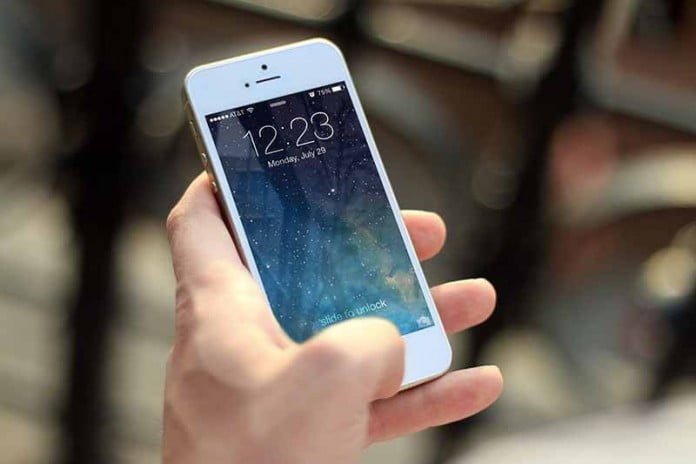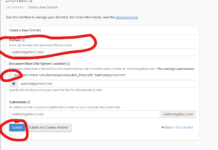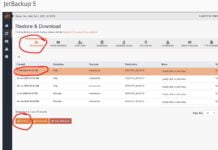The screenshots were taken from an iPhone 4 runnng iOS 4.3.x. So, lets start. Please note, if your iOS is a different version then the aforementioned, the steps should still be more or less the same.
Tap the Settings icon on your iPhone’s home screen. This will bring you to this screen (below).

Tap the Mail, Contacts, Calendars icon tp get the following screen.

Tap Other

Tap the Add Mail Account icon

The New Account screen takes the basic details of your account:
- Name – This is the friendly name that will identify your outgoing emails (e.g. Steve Sant).
- Address – this should be your full email address for the POP3 or IMAP account.
- Password – This is the password that was configured for the mailbox (NOT your cPanel password).
- Description – this is just to help you identify the account in your settings later – call it anything you like.
Then tap Next at the top of the screen, which will bring you to the following screen.

Choose whether you want to connect using POP3 (messages downloaded locally to your iPhone) or IMAP (messages are kept on the server so you can also read them from your home PC/Mac). Just remember if you are using IMAP that you will start using up your user account space quota.
You will need to fill in the following:
Incoming Mail Server
- Host Name – This is almost always mail.domain.com – so if your email address is tommy@finger.co.uk, then your mail server is almost certainly mail.finger.co.uk
- User Name – For cPanel accounts, the account username is always the same as the mailbox address – if you are not using cPanel then you might have a different user name, but it will still be provided to you when you create your mailbox.
- Password – This should already be filled in for you, but if not, then enter your mailbox password again here.
Outgoing Mail Server
- Host Name – Again, this is almost always mail.domain.com, the same as your incoming server.
- User Name – Use the same details as you entered for your incoming mail server, above.
- Password – This should already be filled in for you, but if not, then enter your mailbox password again here.
Tap the Next button, at the top to verify your settings.
At this stage, you may get one or two responses from your iPhone:
1.) The SSL Certificate on the mail server you are trying to connect to, doesn’t protect the server name you specified
It is very likely that at this stage you will receive a Cannot Verify Server Identity warning. This is because the SSL certificate that is protecting your mail server is probably assigned to the main server name, and not your individual domain. If you contact your hosting provider, they should be able to tell you the right server names to use, to avoid this error.

This simply means that your mail server doesn’t offer the facility to connect using SSL. To be honest, if you get this, then there is something amis with your hosting provider’s server or, infinitely more likely, you have entered the wrong details somewhere. So tap No and go over everything again!
If everything worked out (and in most cases it should), then great! If you still can’t connect to your outgoing server, then read on…
Still got problems?
Advanced Incoming Mail Server Settings
If you need to alter advanced settings for your incoming server, then tap the Advanced button at the bottom of the account settings screen :

This will give you the following screen :

Here you can choose if you want SSL, the type of authentication, and when messages should be deleted from the server, if ever. You can also choose to use a non-standard TCP Port.















